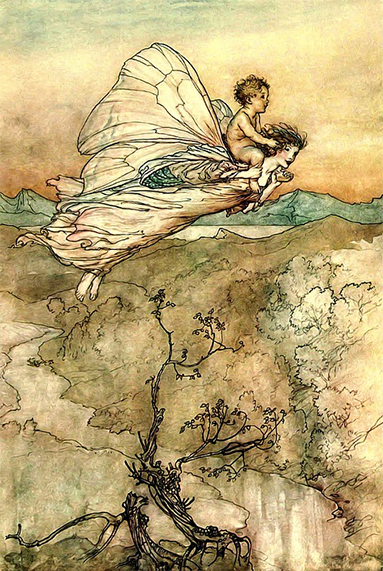Fans of Bridgerton will be aware of the influence news sheets had on the social life of the day in 19th century Britain.
But Lady Whistledown’s news has nothing on one particular scandal mag, a newspaper first published in 1838 – the Crim. Con. Gazette. Its mission clearly stated was ‘to arrest as much as possible the progress of aristocratic vice and debauchery.’
Oh dear.
Crim con is an abbreviation of criminal conversation, or adultery. The divorce courts then were the source of great scandal in high society, and for twopence readers could get a look at what was considered the more sordid underbelly of the upper classes.
And of course great material for novelists then and now.
However, divorce could only be granted by the passage of a private act through Parliament, something available only to the very wealthy, so I expect the Crim Con Gazette’s sources were somewhat limited. That might explain why two years later the newspaper was renamed The Bon Ton (good manners/good society) Gazette. Let’s hope the focus changed to match the title.
Here’s an excerpt from the Library of Congress blog that tells of one woman’s trials and tribulations and how she struggled to bring about reform for women.
‘Caroline Norton, a writer and social reformer, had a story which rivals that of most fictional heroines. Caroline married George Norton in 1827, and the marriage was marked by his outbursts of violence. Finally, in 1836, George removed their three children to another house and barred Caroline from entering. He then sued Lord Melbourne for “criminal conversation” with his wife–this essentially meant that he was accusing Lord Melbourne of alienating his wife’s affections and committing adultery with her. Although George quickly lost the case, the Norton marriage could not be dissolved and George could continue to deny Caroline access to her children. Caroline helped advocate for the passage of the 1839 Custody of Infants Act, which granted mothers custody of children under the age of seven and access to children under the age of sixteen. Tragically, one of Caroline’s children died in an accident before her husband would allow her to see them.’
If you’re interested in reading more on this topic:
https://blogs.loc.gov/law/2018/02/marriage-and-divorce-19th-century-style/




 My latest Regency Box Set is out now. Here’s what you’ll find under the cover.
My latest Regency Box Set is out now. Here’s what you’ll find under the cover.
